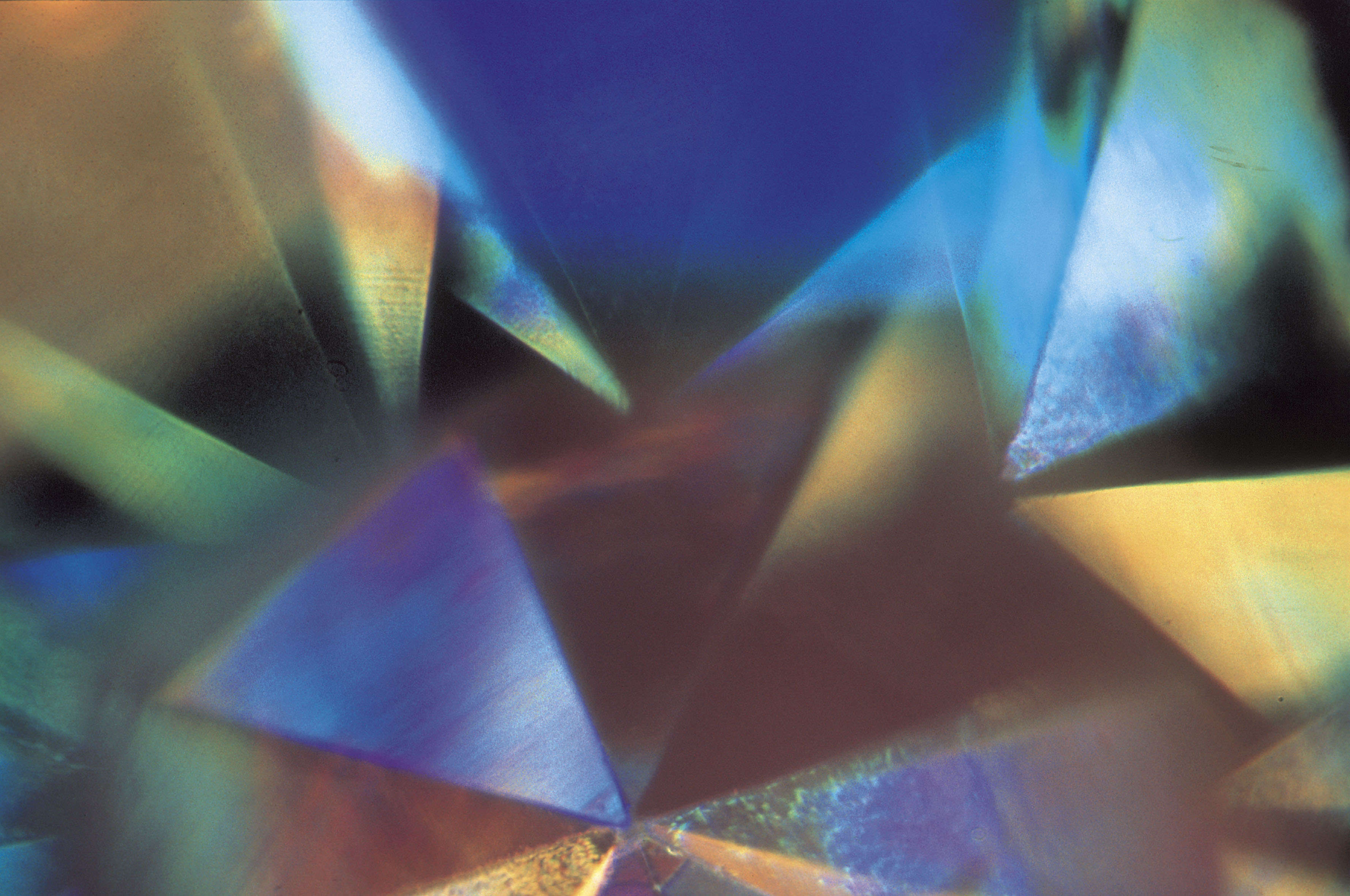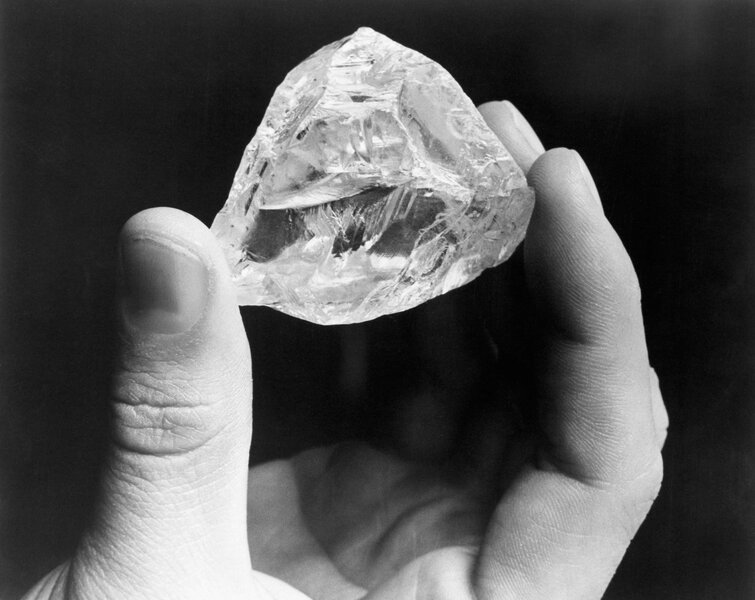Create a free profile to get unlimited access to exclusive videos, sweepstakes, and more!
Dead dinosaurs and even older life-forms might have turned into diamonds over millions and millions of years

If a diamond is forever, could it have come from things that lived (almost) forever ago?
While it's unlikely your diamond necklace used to be an early cephalopod or dinosaur, there is a rare type of the gem that started forming 500 million years ago and later (dinosaurs appeared around 230 million years ago). Super-deep continental diamonds were born of the immense pressure put on carbon in the remains of ancient living things from around 186 to 621 miles beneath the surface.
Only diamonds found in rocks from the ocean were previously thought to be the sparkling remains of things that were once alive. Geologist Luc Doucet of Curtin University, who led a study recently published in Scientific Reports, dug deeper to find an isotope that proved oceanic diamonds are not the only kind made from things that used to swim, crawl, or walk around.
“Carbon has several isotopes, but organisms tend to prefer lighter carbon atoms,” Doucet tells SYFY WIRE. “Therefore, organic matter tends to be made of much lighter carbon than non-organic matter. This organic signature is preserved in the mantle and can be used to fingerprint the origin of the diamonds.”
Any diamonds in your jewelry are probably lithospheric diamonds, which form in much shallower ground — some 93 to 155 miles deep. They are what you get from carbon under 725,000 pounds of pressure per square inch, at temperatures of 2,000-2,200 degrees Fahrenheit. Diamonds only ever show up because they are vomited out by volcanoes and pushed to the surface by other geological processes. Never mind Journey to the Center of the Earth; humans have never been able to plunge more than 7.6 miles underground.
The isotope Doucet found in both oceanic and super-deep diamonds is known as delta 13 carbon or δ13C. The problem is that, unlike oceanic diamonds, super-deep diamonds with this isotope have such inconsistent compositions. Previously, it had often been difficult to tell whether the carbon it comes from is organic or not. Because the cores of super-deep diamonds with this isotope end up with crusts of inorganic carbon, they are often mistaken for lithospheric diamonds, so maybe you are wearing whatever is left of something extinct.
As to what that extinct thing could have been, at least depending on the diamond and how long ago formed, future advances in carbon dating might figure that out.
“Right now, deep diamonds are thought to be younger than 500 million years old, but this is because dating inclusions in diamonds is not an easy thing,” Doucette says. “Progress in micro-analyses and development of new instruments, such as the new SIMS CAMECA 1300 being installed at Curtin University, might help us tackle their age.”
Pressure and intense heat from the mantle aren’t the only things that create diamonds out of prehistoric corpses. Both oceanic and super-deep diamonds are thought to form in the mantle transition zone, the part of the mantle with the most volatiles, or substances that evaporate easily. Think of the transition zone as part boundary between the upper and lower mantle and part segue from the upper mantle to the lower mantle. This is where pieces of crust sink and the magma plumes rise, carrying diamonds from the depths to the surface.
Why diamonds that form beyond the lithosphere use carbon from what were once living creatures is still unknown, but there are possibilities that Doucette and his team are considering. It might have something to do with organic carbon in the mantle or certain processes which form diamonds only using the organic stuff.
“It could be that only organic carbon is recycled deep into the mantle because of specific filter(s) and/or process(es) needed to bring that carbon deep while the other type of carbon remain at shallower level,” he says. “Also, two kinds of carbon co-exist in the mantle, but maybe some process(es) only use organic carbon to form deep diamonds.”
At least we now know that dead things from hundreds of millions of years ago can find new life as something other than gasoline.



























